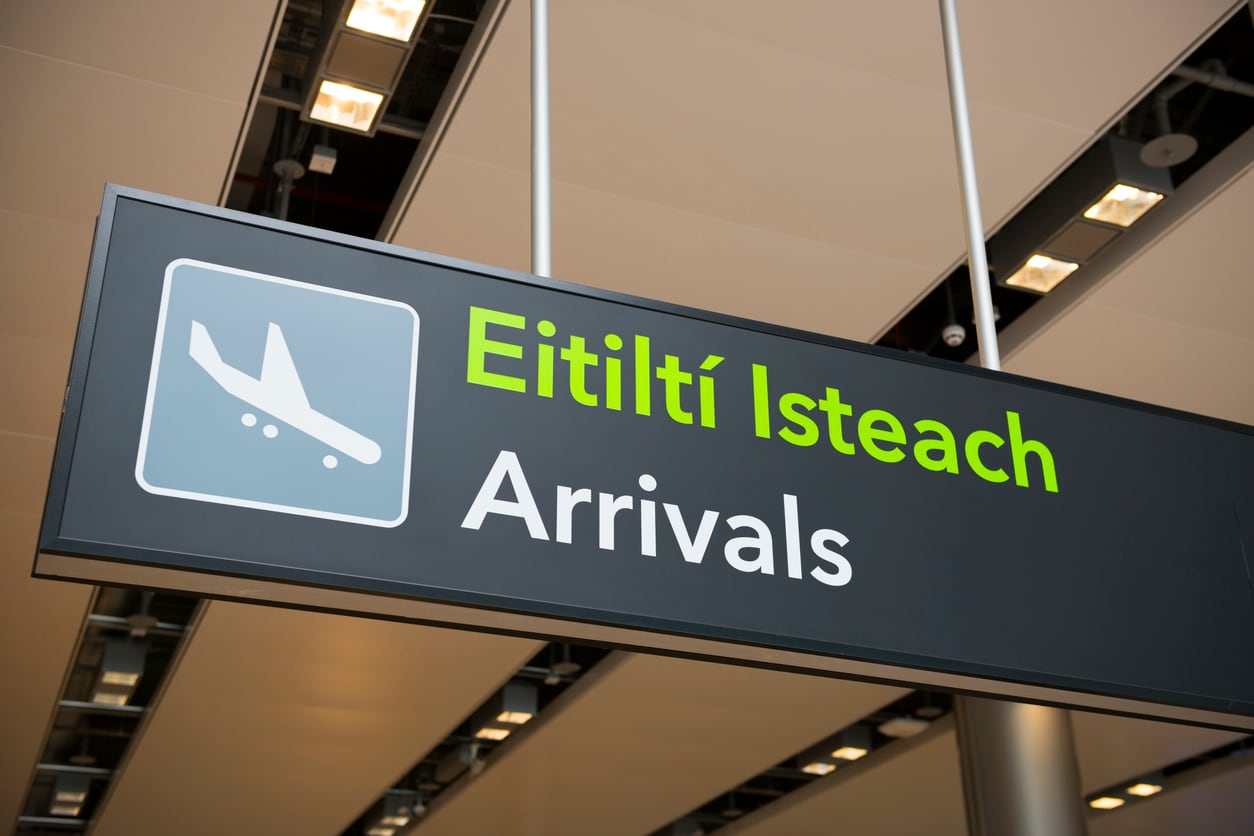A mass influx of refugees due to a potential European war is one of the key risks facing Ireland, according to the latest Government risk assessment.
In its first National Risk Assessment in four years, the Government views such a risk as “very likely” and has raised concerns about the impact on the economy.
For the first time, the National Risk Assessment, which will be published on Thursday, includes “mass inward population displacement” as a major potential threat to the country.
According to the assessment, which was drafted by the Office of Emergency Planning in the Department of Defence as well as experts from other Government departments, the “reasonable worst-case scenario” is a “mass inward population influx, coupled with an increase in international protection applicants, impacting the carrying capacity of the economy”.
READ MORE
[ Nato warns Ireland over Russian maritime surveillance activityOpens in new window ]
The assessment reflects the existing pressures on State services as a result of the more than 80,000 Ukranian refugees currently living in Ireland and the arrival of record numbers of international protection applicants.
A supporting document drafted by the Department of the Taoiseach states recent flows of asylum seekers and refugees “underlines the importance of social cohesion and integration efforts”.
The assessment includes a survey of public opinion on the main threats to the country. The survey viewed “mass inward population displacement” as a “likely” risk which would have a “high impact”.
Also included for the first time is the risk of sabotage of vital undersea infrastructure such as communications cables, and electricity and gas connectors. Such an event is moderately likely but would have a “very high impact” on the State if it did occur, it states.
According to the document, Ireland would be particularly at risk from damage to gas pipelines as the country has no gas storage of its own and the majority of natural gas comes from a single source in Scotland.
The worst-case scenario is a co-ordinated attack on both gas pipelines connecting Ireland to the UK, it said.
The assessment noted the suspected sabotage of the Nordstream pipeline in 2022 and damage to the Balticconnector pipeline last year. Risks of sabotage “have become more pressing,” the Department of the Taoiseach noted. “As an island nation, the presence of critical communication and energy-related undersea infrastructure exposes Ireland to additional risk.”
Other major risks identified by the assessment include cyberattacks, pandemics and terrorism.
Like other countries, Ireland “could be negatively affected by terrorist incidents”. These risks have been heightened by Russia’s invasion of Ukraine and the crisis in Gaza, it stated.
[ Is Europe in a ‘pre-war phase’?Opens in new window ]
The risk of disruption from commercial drones, particularly to air travel at Dublin Airport, was judged to be highly likely.
Other risks were judged to be “low-probability, high-impact”. These include tsunamis and “space weather”.
Risks suggested by the public included threats from far-right extremism, foreign interference in the politics and “nuclear incidents due to vessels transporting nuclear materials passing close to Irish coast”.
- Listen to our Inside Politics Podcast for the latest analysis and chat
- Sign up for push alerts and have the best news, analysis and comment delivered directly to your phone
- Find The Irish Times on WhatsApp and stay up to date














